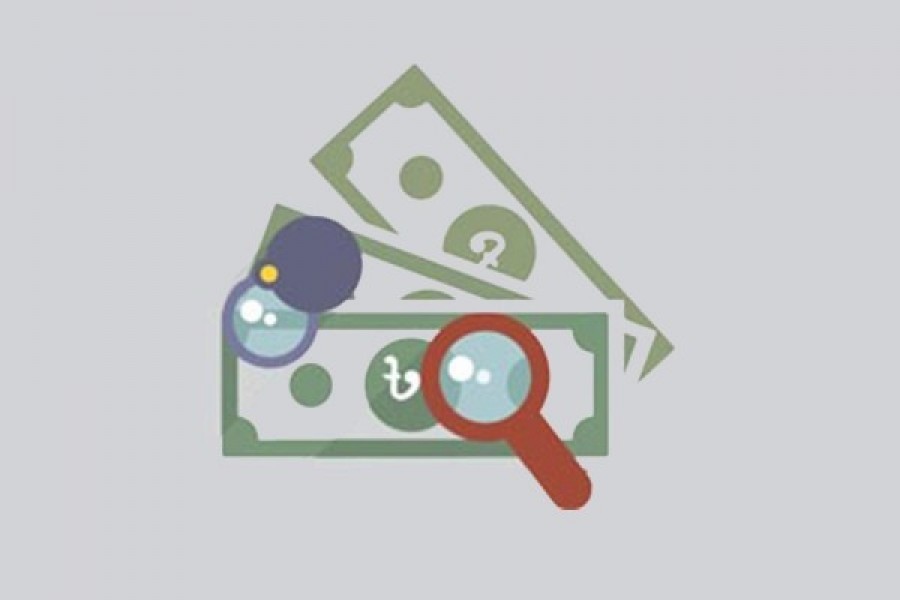Bangladesh should calculate its per-capita gross domestic product (GDP) in PPP or purchasing-power-parity method for a better comparison with other economies, as the current income ratings raise skepticism.
The suggestion for change in the country's economic arithmetic came from an economics professor at a meet arranged Wednesday in Dhaka by official think-tank Bangladesh Institute of Development Studies (BIDS).
Syed M Ahsan, economics professor at Concordia University in Toronto, Canada, notes that although Bangladesh has surpassed India in terms of per-capita income on the basis of current US-dollar price, but the calculation method should be PPP for getting better understanding over people power. The International Monetary Fund (IMF) in October 2021 forecast that Bangladesh's GDP per capita surpassed India's in 2020 and that this is expected to remain so over the next five years along with increasing gaps between the two.
Prof Ahsan was speaking at the seminar titled 'When am I Richer than You? A Methodological Perspective on the Constant Dollar Per-Capita Income Comparison', with BIDS Director-General Dr Binayak Sen in the chair. According to the IMF, Bangladesh's per-capita income was $1,961 in 2020 while India's was $1,929 in the same period.
However, the GDP per capita of Bangladesh based on PPP terms was $5,733 in 2021 which was 22-per cent lower than India's $7,319.
The IMF forecast that India's GDP per capita in PPP is projected to rise to $10,866 and Bangladesh's one to $8,859 by 2026.
PPP-based GDP is calculated by dividing nominal GDP by the PPP exchange rate. The latter reflects the purchasing power of the national currency relative to that of the US dollar in the USA.
Bangladesh's PPP exchange rate was Tk 33 per USD in 2021 compared to India's 22 rupees. It means that it will take Tk 33 to buy in Bangladesh what one American greenback can fetch in the United States.
The same basket costs 22 rupees in India. Thus, the purchasing power of the Indian currency is 33 per cent higher than the purchasing power of the taka.
Prof Ahsan told the meet that Japan's per-capita GDP (in current USD price) in 1986 was higher than US's. "But within some few years, the US overtook Japan and became the richest economy in the world."
"So, the GDP-calculation method in current USD price or in constant price might represent the actual scenario of a country's economy. However, the per-capita income on the basis of PPP could give a better understanding about the power of the people of a country," he says. Dr Binayak Sen said although Bangladesh's per-capita income in the 1970s and 80s was higher than India's, the country lost its economic rhythm later. It regained its position again in 2020.
"But if we calculate the per-capita GDP in PPP method, it could give us a better understanding about the comparisons." He emphasises utilisation of the same PPP method across South Asian nations to get better and quality data.
Many economists are of the view that the traditional measuring of per-capital income conceals the real income status of bottom-line section of people and hence the income disparity in a society cannot be gauged. Gini coefficient is the calculus that is applied for measuring inequality.


